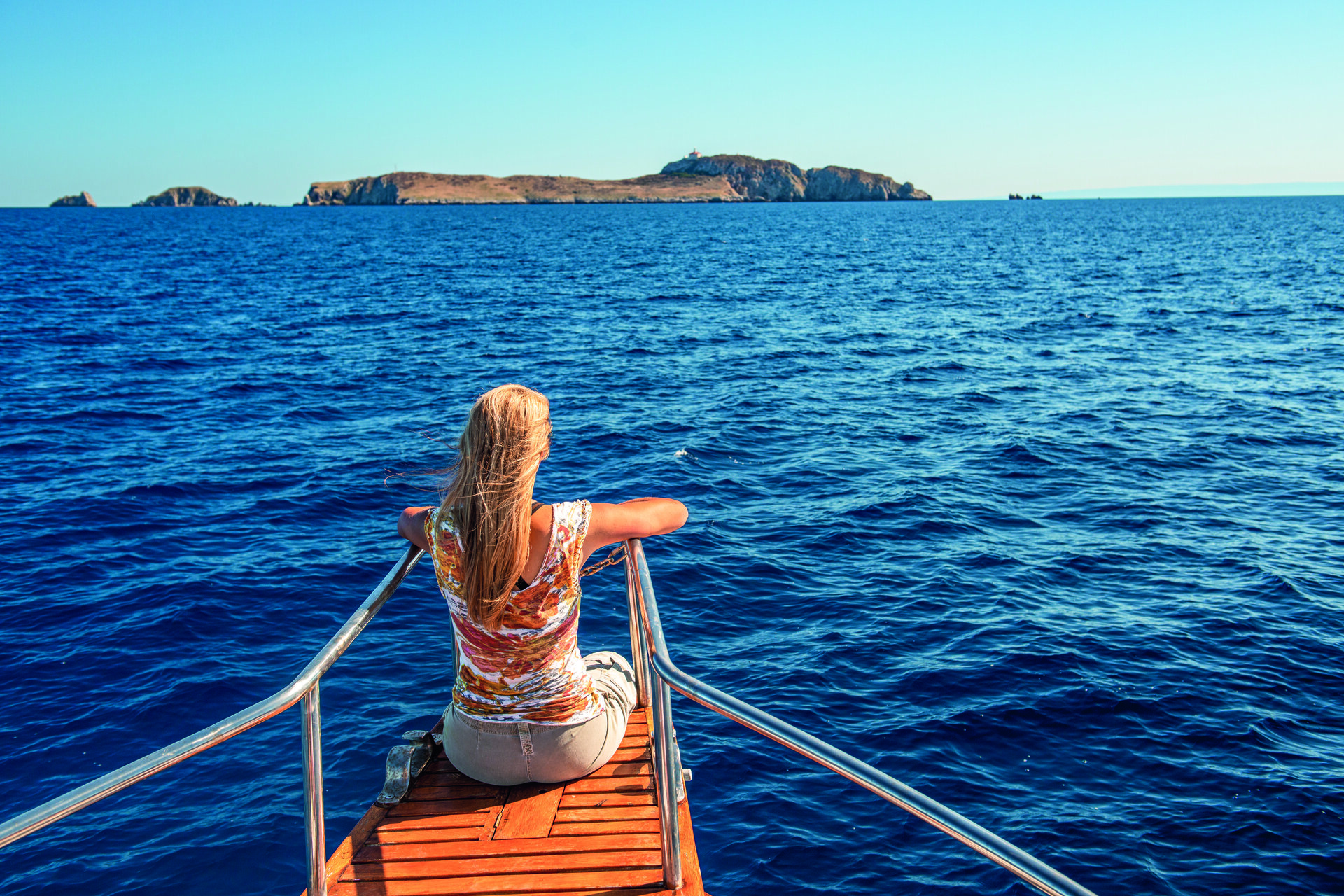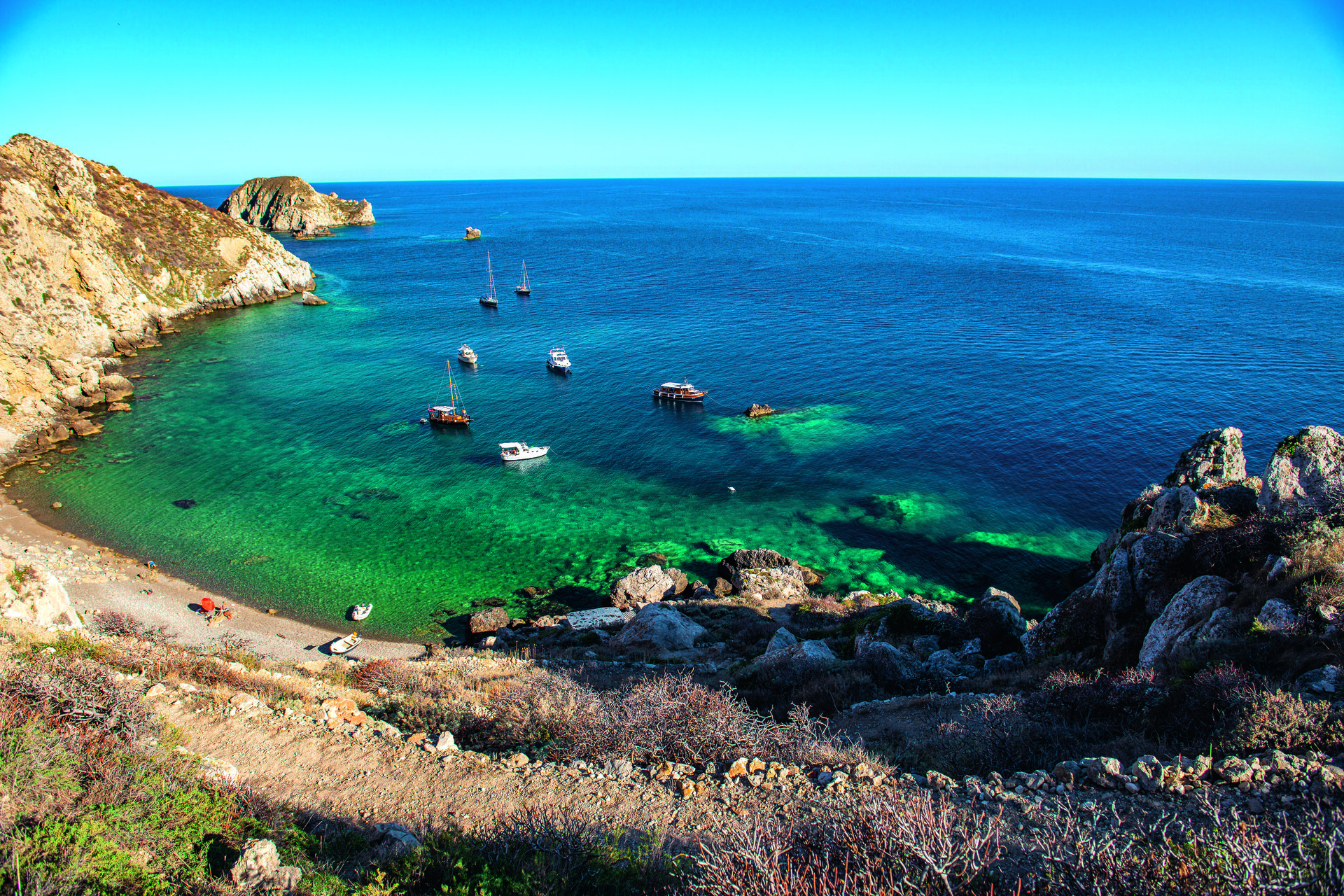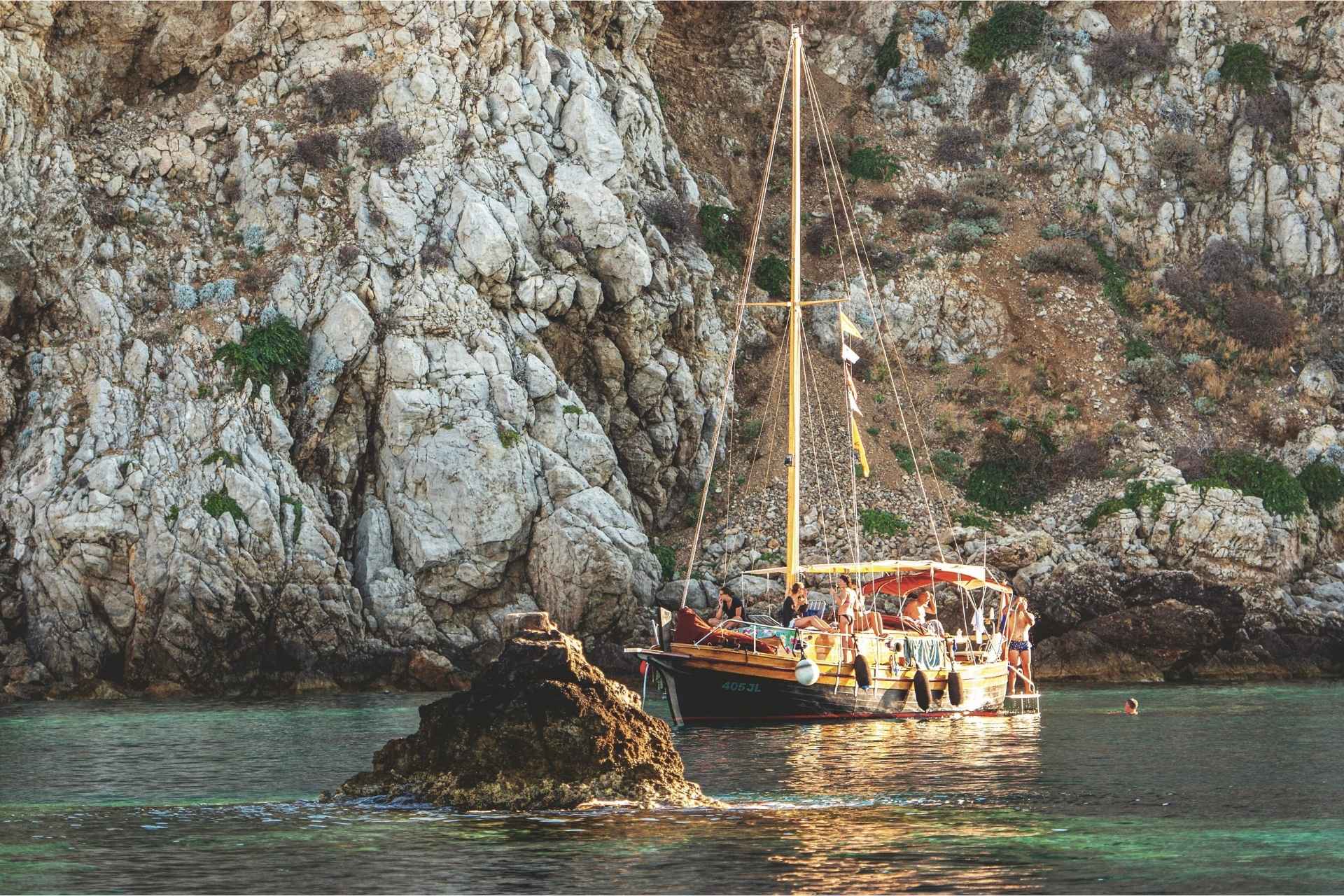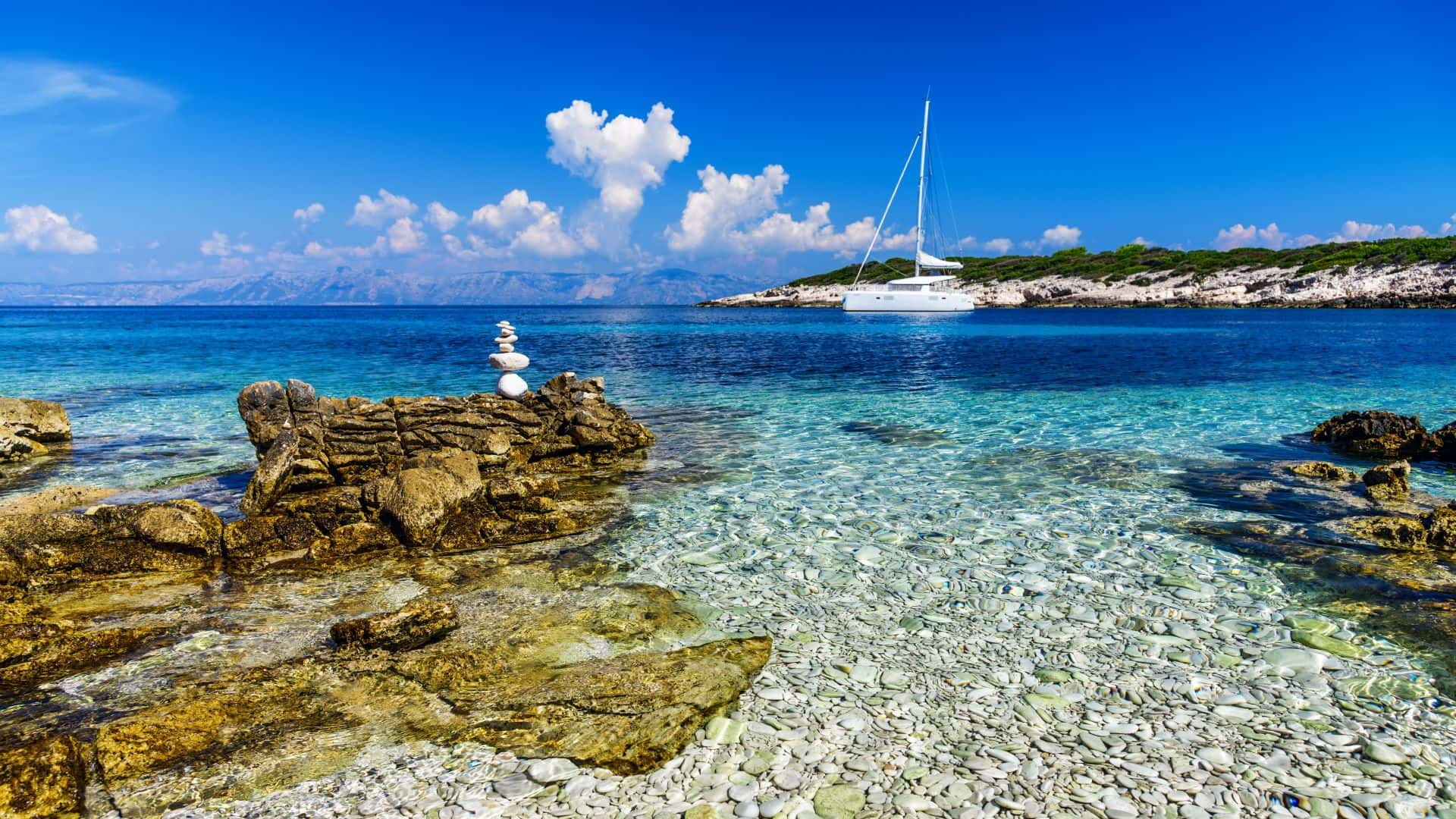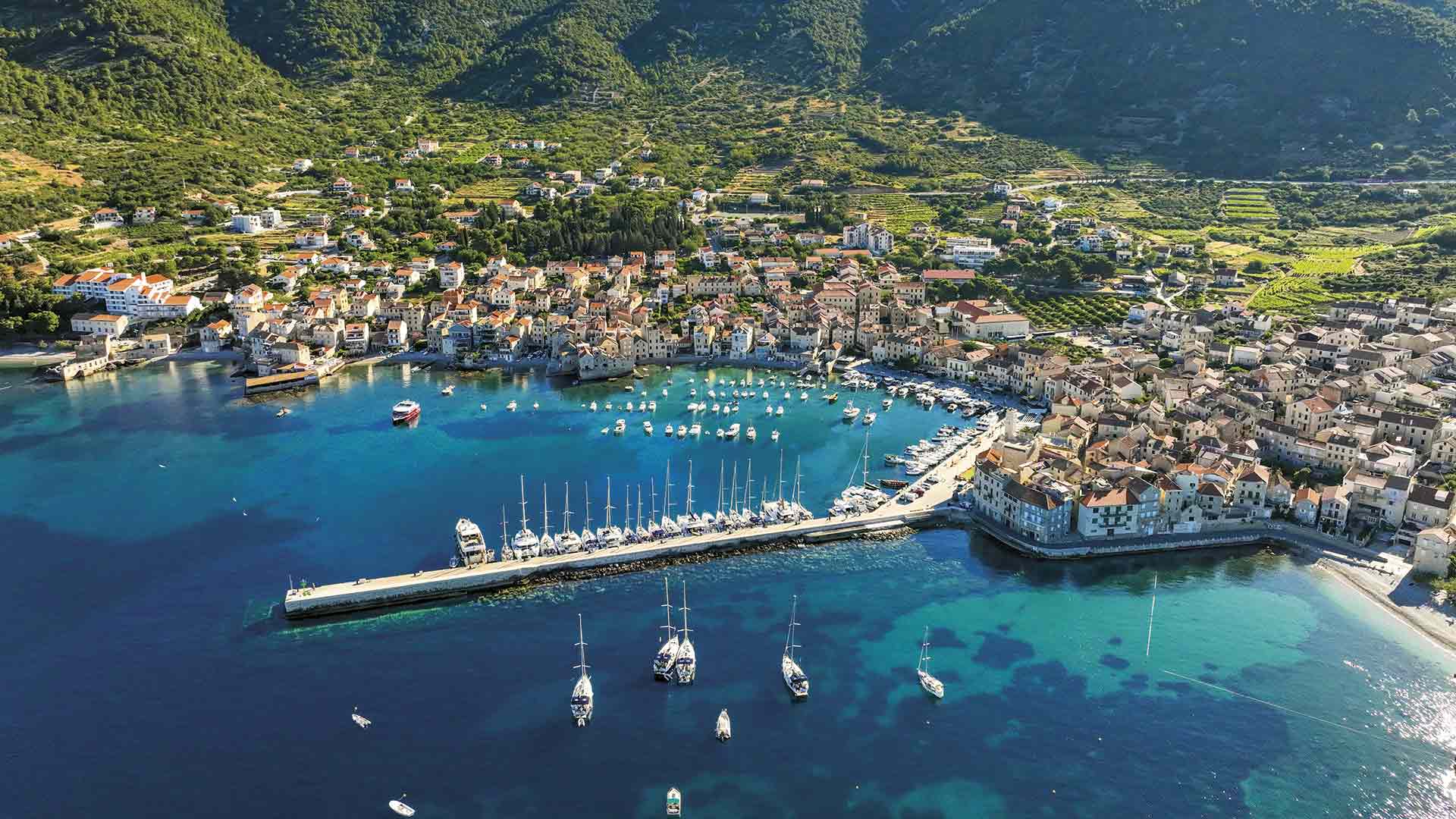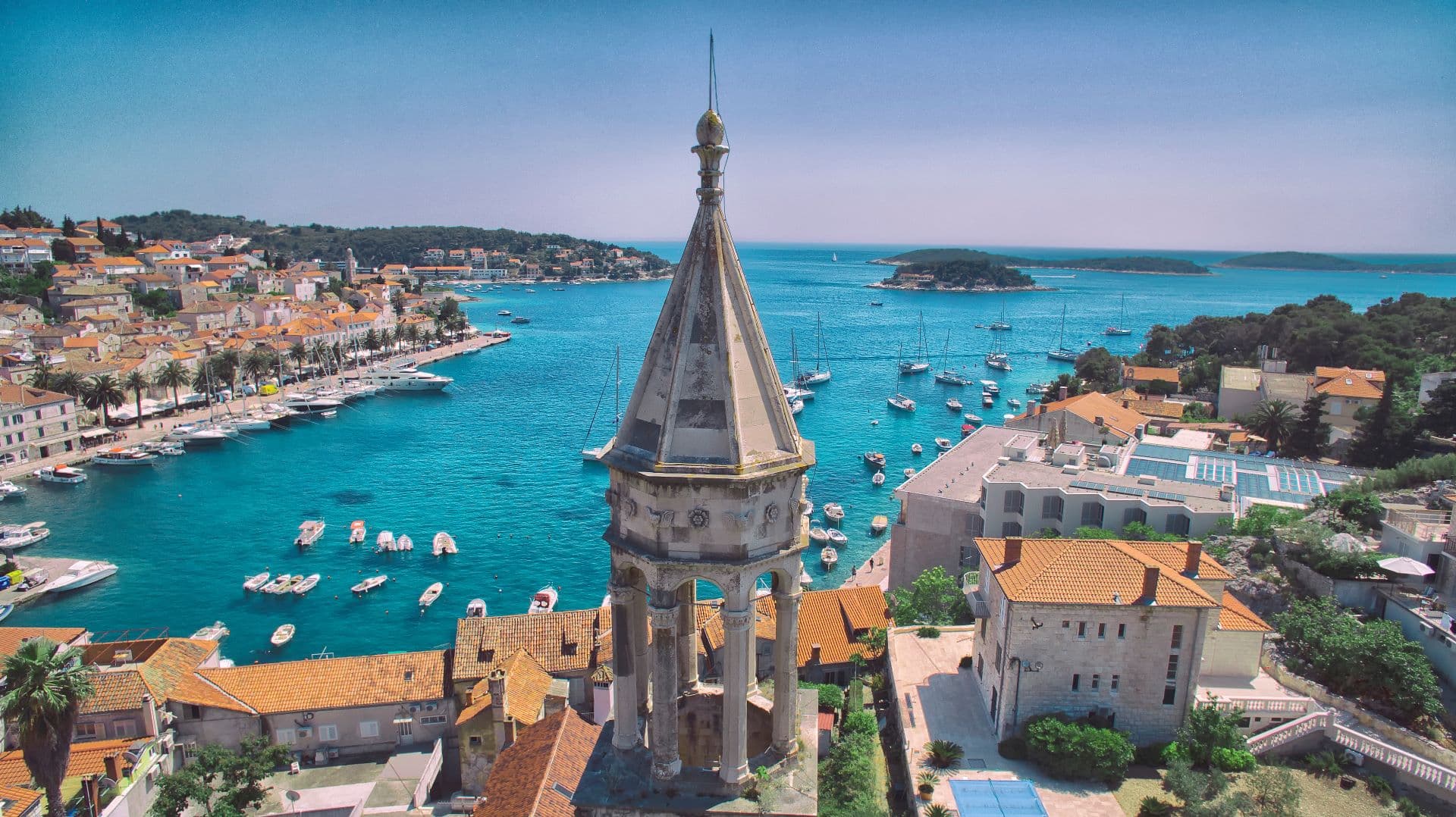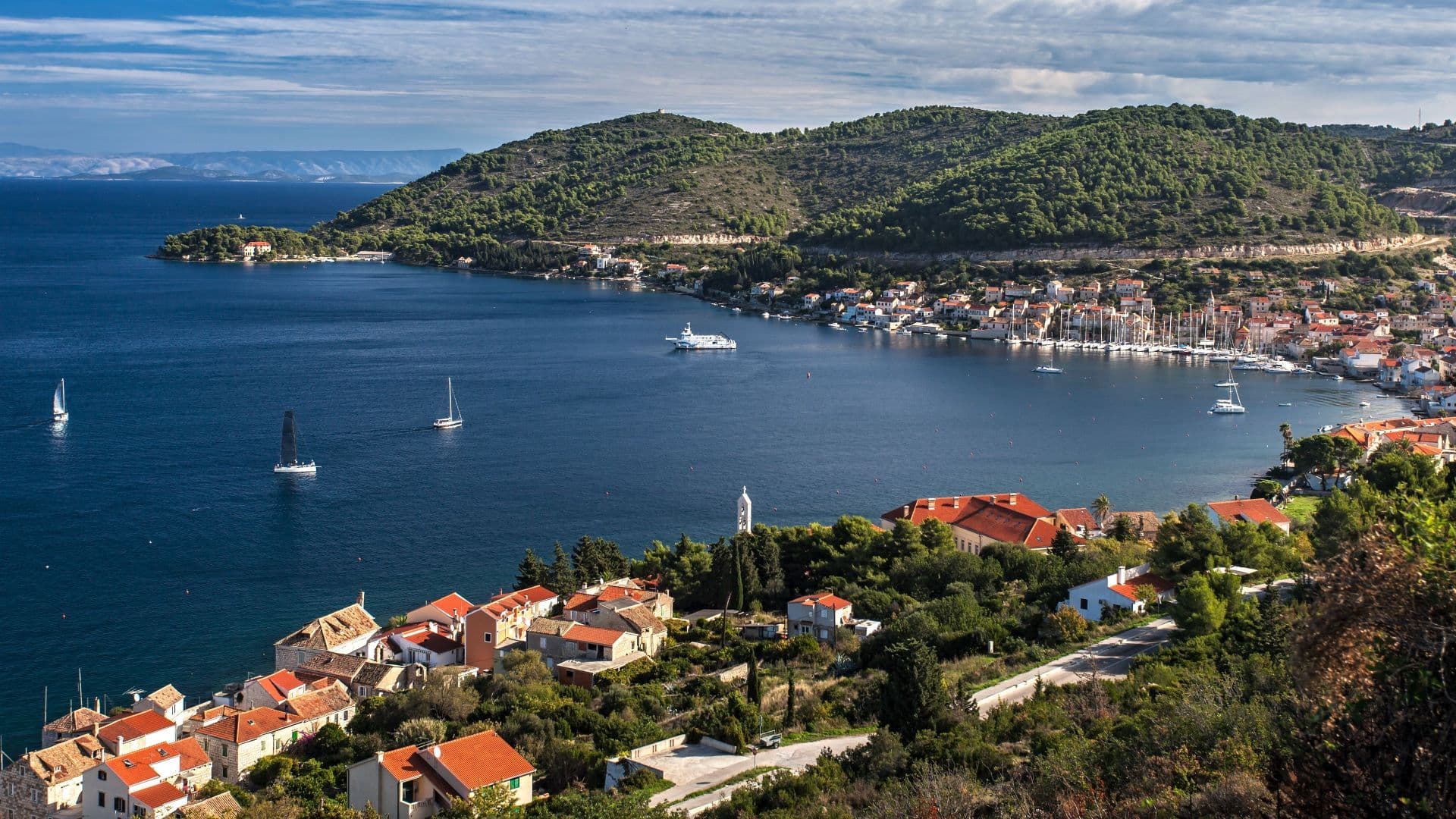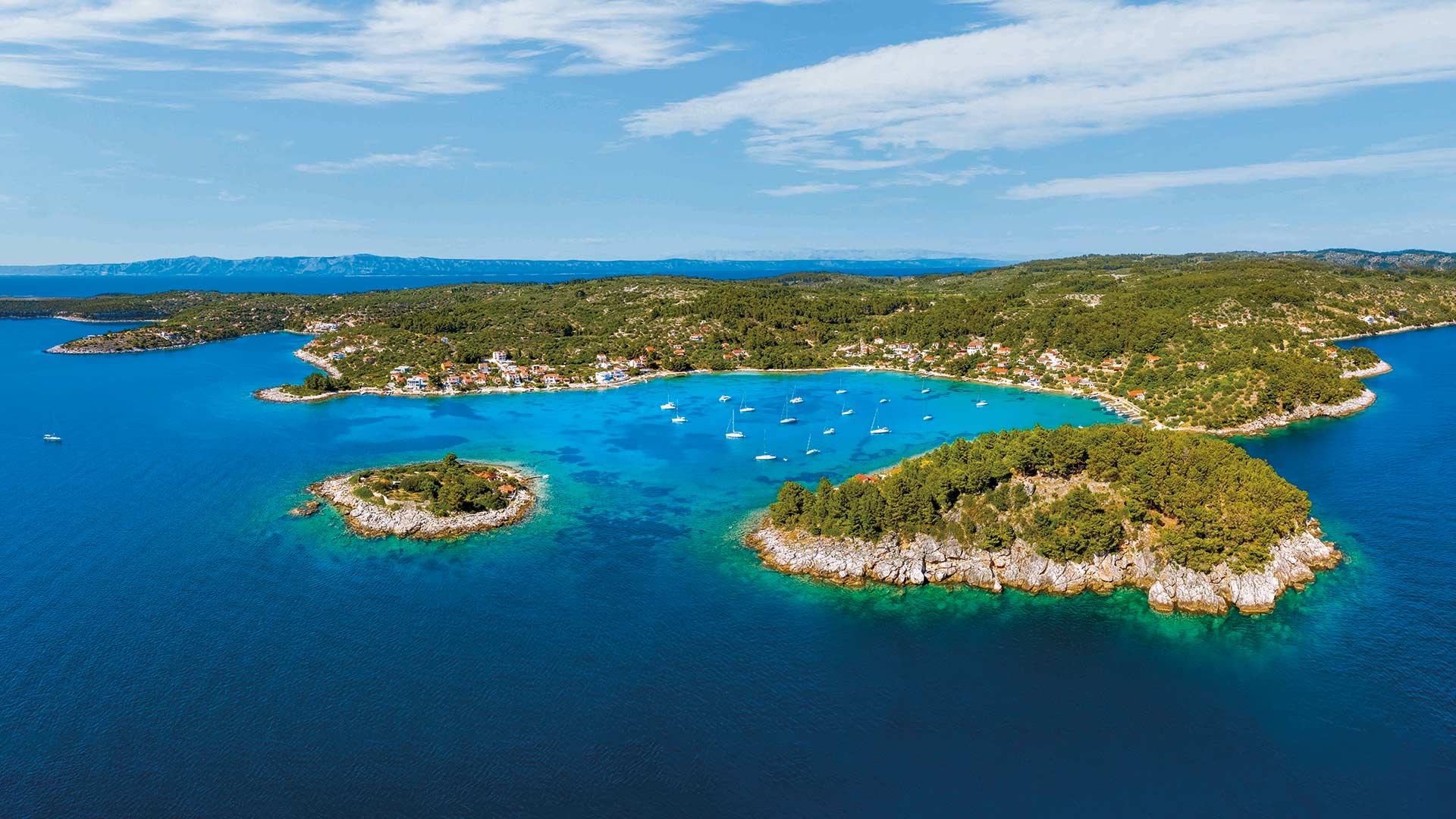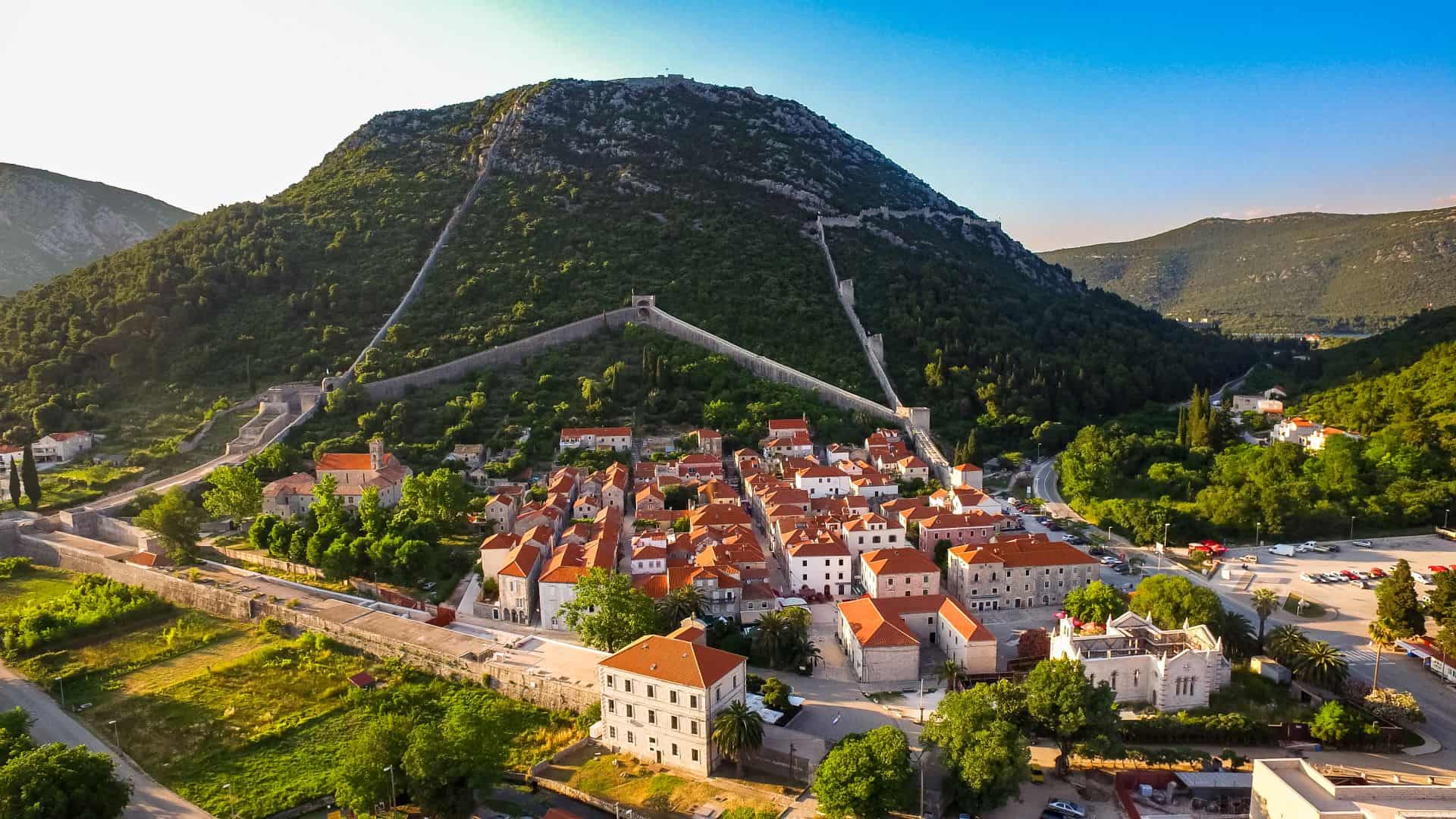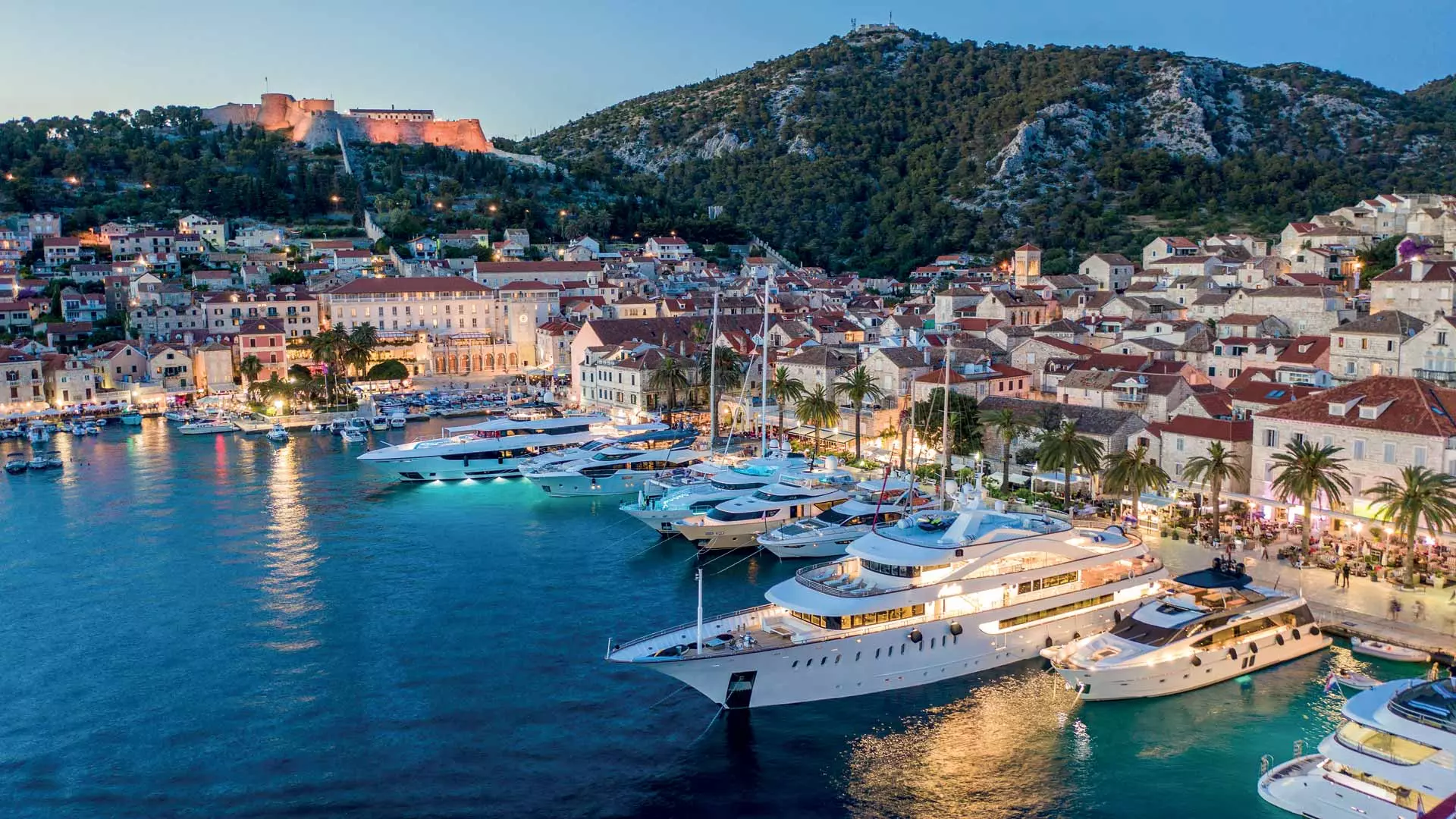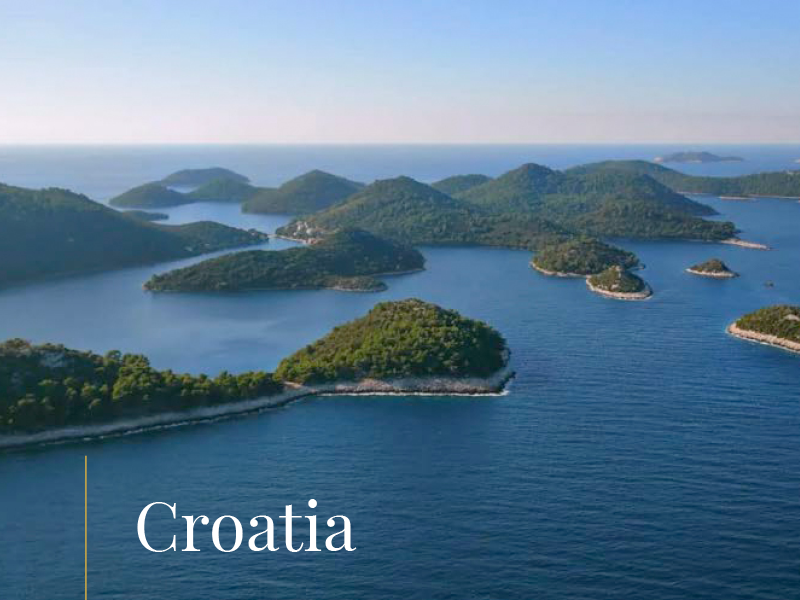The secluded Adriatic archipelago is an oasis of absolute freedom, where the primal beauty of the sea reigns supreme
The Southernmost and Most Remote Croatian Archipelago
The Palagruža Archipelago is not only the most remote group of islands in Croatia but also the southernmost. This true Adriatic gem is located nearly 26 nautical miles from the nearest island of Sušac and offers unparalleled beauty and solitude.
Sailing to Palagruža can be challenging due to the open sea. However, with favorable winds, the journey can become a pleasant and unforgettable adventure.
Vela Palagruža – Home to the Iconic Lighthouse
At the heart of it lies Vela Palagruža, the largest island, characterized by its towering cliffs, rugged terrain, and the iconic lighthouse standing 92 meters above sea level. Built from Brač limestone, this lighthouse has been a beacon for sailors navigating the eastern Adriatic since 1875, and up until recently welcomed visitors in search of a Robinsonian lifestyle on this secluded island.
On clear days, the peaks of Italy can be seen from its top. The fact that the archipelago belongs to Croatia today speaks volumes about the strength of our maritime and fishing traditions, primarily those in Komiža, in the past.
A Safe Anchorage and Stunning Beach
You can anchor on the southern side of the island in Velo Žalo bay, which provides excellent protection, except from southeastern winds. This location is also home to one of the Adriatic’s most beautiful pebble beaches, perfect for swimming and relaxation.
Since the island is far out in the open sea, the weather changes faster than we sailors accustomed to staying near the land are used to, so you must be very aware of it at all times.
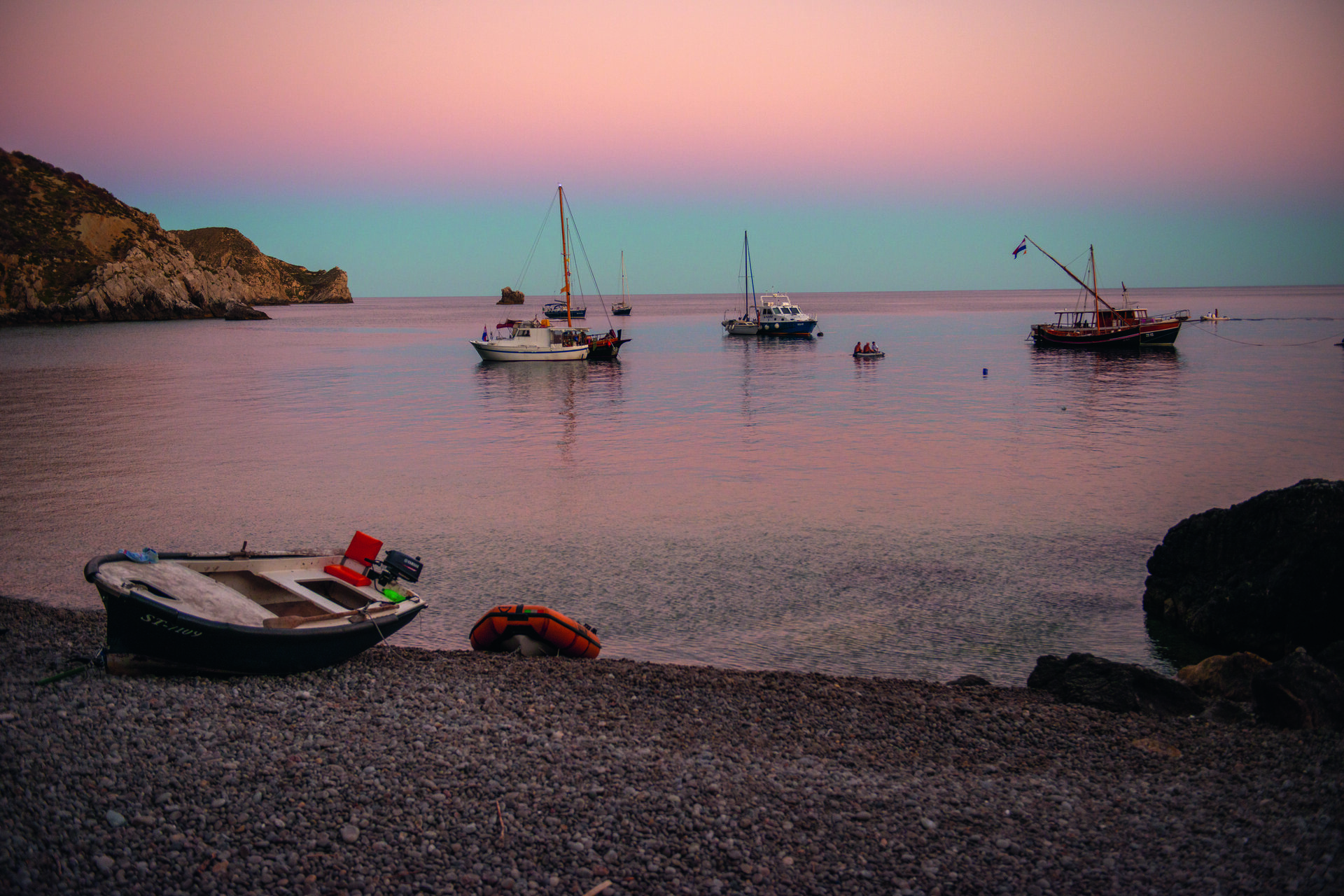
A Deep Connection to the Fishermen of Komiža
The Palagruža Archipelago has long been essential to the fishermen of Komiža on Vis Island. Using traditional gajeta falkuša boats, they ventured to Palagruža in search of blue fish, especially sardines. This enduring maritime tradition is celebrated each year in the Rota Palagruzona regatta, dating back to 1593, where fishermen race from Komiža to Palagruža.
Considering that the fishermen of the past navigated the demanding route by rowing and sailing to secure the best fishing spots, and then had to focus on the most important task – actually fishing – it becomes clear just how skilled they truly were.
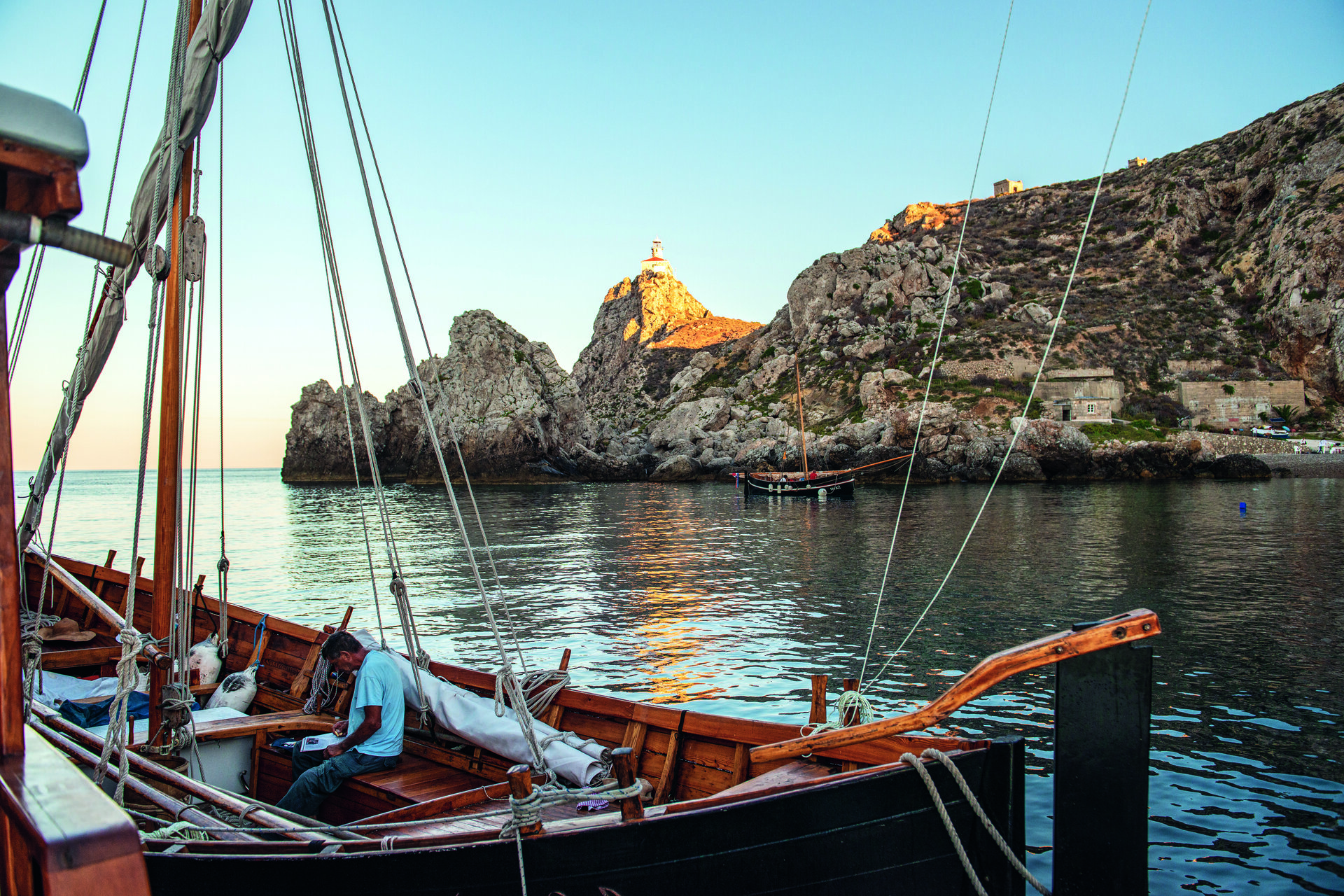
Palagruža in Ancient History and Legends
However, the significance of these islands extends much further into the past. Archaeological findings reveal that Palagruža played a key role in ancient Mediterranean trade.
According to legend, Palagruža is linked to the Greek hero Diomedes, who, after the Trojan War, found his final refuge on this island. During the medieval period, a Benedictine monastery was established here, and its ruins can still be seen today.
A Unique and Isolated Ecosystem
Despite the rugged landscape, the archipelago enjoys a mild climate with lush vegetation in spring and autumn, while summers leave the coastline almost barren. Its isolation has created a unique ecosystem, rich in endemic plant species like the Palagruža cabbage and Palagruža horsetail.

Mala Palagruža and the Mysterious Medvidina Cave
Mala Palagruža, on the other hand, is where fishermen and explorers often anchor in the island’s peaceful bays to escape the southern winds. The island is also famous for the Medvidina Cave, once a sanctuary for the Mediterranean monk seal.
Palagruža is also a prime spot for divers, offering underwater caves, abundant marine life, and famous diving sites like Galijula Rock.
Embarking on a luxury yacht charter to this part of the Adriatic is more than just a journey to a remote destination. It’s an immersion in the raw, untamed beauty of both the sea and nature, offering a rare chance to experience them in their purest form.
Photos Ivo Pervan
